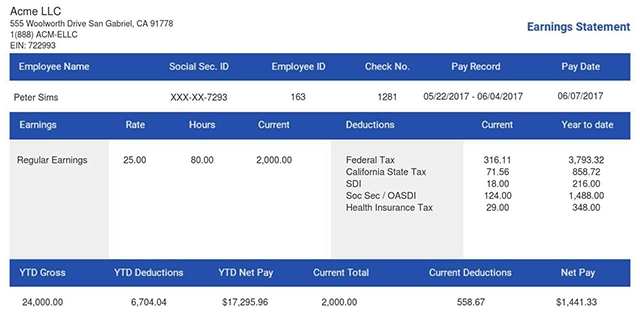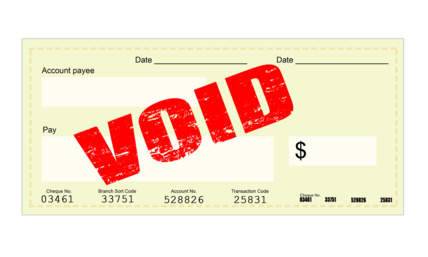Implementing Remote Payroll Operations
As your business shifts towards a work-from-home setup, you might struggle to manage payroll for remote employees. Without the right tools and strategy, you might encounter some complications in implementing remote payroll operations. Hence, you must reevaluate and adjust your usual processes to accommodate the change in environment and needs of your workforce.
A recent survey shows that almost 50% of workers will continue to work from home in the coming years. This poses new challenges for businesses to find better ways to process payrolls remotely. You must make sure that your workflows remain synchronized and ensure data integrity for your remote payroll operation.
With that, here are some tips on how to implement payroll for remote teams.
Classify your workers
Each employee’s payroll can vary depending on their position and contract type. For example, full-time employees might have different rates and payment systems compared to part-time ones. Likewise, you might also have independent contractors or freelancers who have completely different demands from your in-house workers. Doing so helps you set the type of compensation for remote employees.
Moreover, you should also classify them according to their location. This will determine how you will set up their payroll and benefits. Some areas might have a different set of regulations to what your company is currently compliant to. And for those who contract freelancers from abroad, you have a whole new set of challenges to consider. For one, you need to consider currency exchange. Likewise, you might encounter expensive bank and transfer fees while wiring money.
Invest in the right solution
According to Deloitte, 89% of businesses use software for their payroll operations even before the boom in remote work. With today’s technology, you have countless options on which tools and solutions to use for your remote payroll operations. From payroll solutions, accounting software, and HR tools, the choices are endless.
The challenge now is making sure that you pick the right one for your business. The first thing you need to do is to determine your business’ needs. For example, you need to consider your business size—whether your company is small or large. Likewise, you also must consider the types of workers you currently have and the regulations you need to comply with. Schedules and shifts can also influence what type of payroll solution you need.
Track attendance, work hours and leaves
One of the main concerns with remote work is monitoring your employees’ work hours. Since workers no longer go to the office physically, you have a whole set of problems to deal with. How can you ensure accuracy and integrity with the hours that they had clocked in? How can you track and enforce break times? Likewise, what counts as overtime and what doesn’t?
Hence, you must establish a definite timekeeping policy for remote work. For example, you can implement attendance tracking software for all employees. This will record their work hours and can even monitor their activities during that time. You can also outline the steps on how overtime hours are approved as well as sick leaves and vacation time. This will reduce the chances of encountering issues with payrolls later on. Moreover, it can promote accountability for remote workers.
Automate where you can
Digitizing your payroll operations can also pave the way to automating certain tasks in the process. For example, you can easily export the data on your employees’ attendance and leaves to your payroll solution for automatic calculations. This way, you can avoid having to manually input their respective work hours and compute for their payroll each cutoff.
Automation can also go beyond data entry and computing capabilities. It can also trigger the release of salaries or wages for each employee without coordinating further with the bank or writing checks. Moreover, it can also help you keep compliances in check by automatically making the necessary deductions or compensations. You can also use an electronic pay stub generator like ThePayStubs to automate the distribution of payslips among your employees.
Keep regulations in mind
Switching to remote work adds a layer of complexity to your payroll compliances. After all, each state and country has its own labor laws. It can even be different from what your company is currently adhering to. Hence, you must adjust your payrolls accordingly to make sure you won’t incur penalties in the process.
Tax computation is just one of the regulations you need to keep in mind. It is sometimes inevitable that your employees will be in areas with different tax policies. This will dictate how much you need to deduct in their salaries for each cutoff. Likewise, this will also affect how you create their income tax returns if ever they need one. Aside from taxes, you should also take note of the policies regarding compensations and benefits for employees. This includes 13th month pays, bonuses, and overtime pays.
Determine payment method
After determining your employees’ classifications, solutions you will use, and regulations to comply with, you must choose the mode of payment for your remote employees. There are three types you can use: direct deposit, checks, and third-party tools.
Direct deposits are the most common payment method for remote employees. It is also the most convenient since it allows you to automatically deposit wages and salaries directly into their respective bank account.
Checks, on the other hand, might not be as accessible as direct deposits since it will require your employees to physically collect their salaries from the bank. Not to mention, they must also pick up the check themselves.
Lastly, third-party tools such as PayPal, Payoneer, and other online payment apps are great for freelancers.
Consider integrations
With remote work, all workflows are digital. This can sometimes require you to run several solutions at once. For example, aside from a payroll solution, you might also be using a time tracker tool and attendance management software to monitor your employees’ work hours. Moreover, you might also be using an accounting software to assist your finance team with remote work. By integrating all these solutions, you can have a more seamless and streamlined payroll operation.
Doing so will enhance your experience with your chosen solution. It gives you access to more functions beyond what your payroll software has to offer. To help you find out which ones are compatible with your current digital system, you should consider comparing different kinds of payroll software systems first before settling on one.
Remote payroll for remote employees
It is high time you accept the fact that remote work is here to stay. Hence, you must create a flexible payroll operation that can adapt to whichever setup you plan to use in the coming years. Whether you plan on having full-time remote workers or have your employees come to the office a few days a week, your payroll must be able to accommodate their demands and needs.
Fortunately, today’s technology has made this possible. There are countless solutions out there that you can use for your remote payroll operation. However, you must also couple this with the right strategies and preparations to make sure that everything goes smoothly. You can check out software like pay stub maker to explore what other options are available for your business.
Also read: 10 Things You’ll Need from Each Employee to Achieve Efficient Payroll Processing















